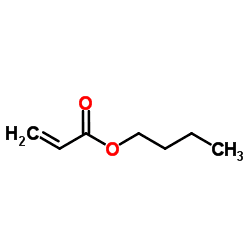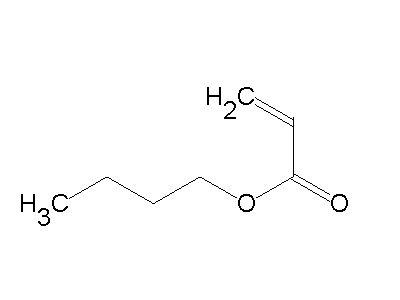Formula C7H12O2 | ||
 | ||
Appearance Clear, colorless liquid | ||
Butyl acrylate market forecast 2012 2018
Butyl acrylate is a chemical used in manufacturing.
Contents
Applications
Butyl acrylate is used in paints, sealants, coatings, adhesives, fuel, textiles, plastics, and caulk.
Biochemistry
In rodent models, butyl acrylate is metabolized by carboxylesterase or reactions with glutathione; this detoxification produces acrylic acid, butanol, and mercapturic acid waste, which is excreted in the urine, feces, and as carbon dioxide.
Production
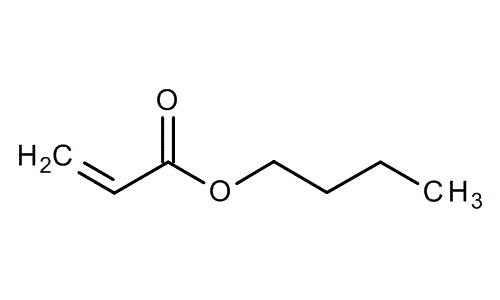
Butyl acrylate can be produced in several reactions. Acetylene, 1-butyl alcohol, carbon monoxide, nickel carbonyl, and hydrochloric acid can react to make butyl acrylate. Another synthesis of butyl acrylate involves the reaction of butanol with methyl acrylate or acrylic acid.
Safety
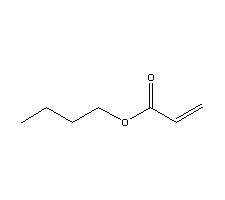
It is highly reactive and polymerizes easily when exposed to heat or peroxides; therefore, commercial preparations may contain a polymerization inhibitor. It reacts easily with strong acids and bases, amines, halogens, hydrogen compounds, and oxidizers. Butyl acrylate is designated a Class II Combustible Liquid. It can be stabilized with hydroquinone or hydroquinone ethyl ether.
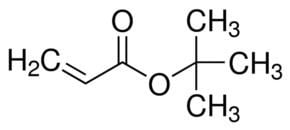
People can be exposed to butyl acrylate via breathing it in, skin absorption, swallowing it, or eye contact. Symptoms of exposure include irritation of the eyes, skin, and upper respiratory tract; sensitization dermatitis; corneal necrosis; nausea; vomiting; diarrhea; abdominal pain; cough; sore throat; pulmonary edema; and difficulty breathing (dyspnea).
